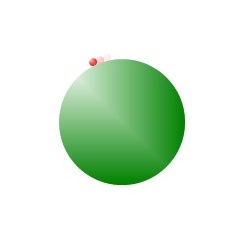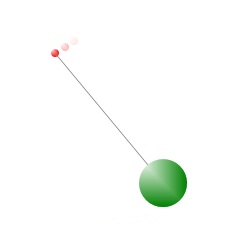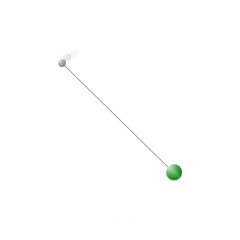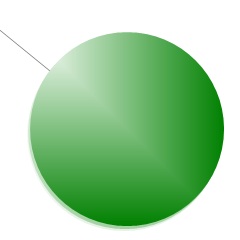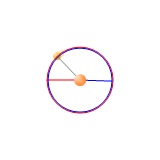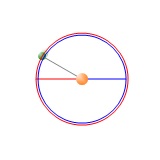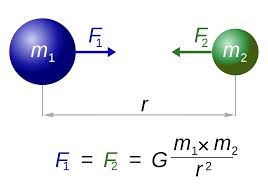Gravity in Action!
Select a gravity animation to view by clicking on the planet icon. Use on the "Play" button to start the animation. To pause the animation, click "Pause". The "Step" button allows you to view the animation between each calculation.
Earth bound orbits
Satelites and the moon.
These animations find the length of time for an orbit as well as the highest and lowest points of the orbit. The space station grid is laid out in meters and uses an interval of 100 seconds between frames. The Earth/Moon system uses grid spacing of 10,000 meters and time spacing of 20,000 seconds.
Sun bound orbits
The inner solar system.
Asteroids - Earth crossing and the asteroid belt.
Outer planets - plus Pluto, the former planet.


